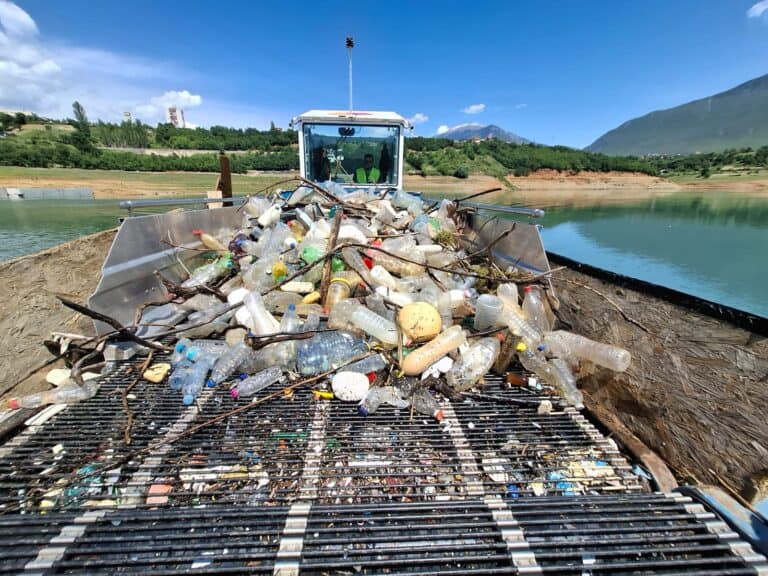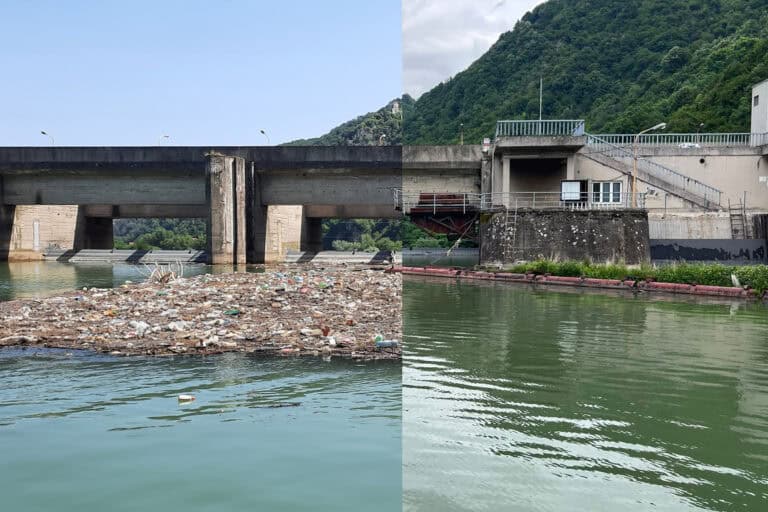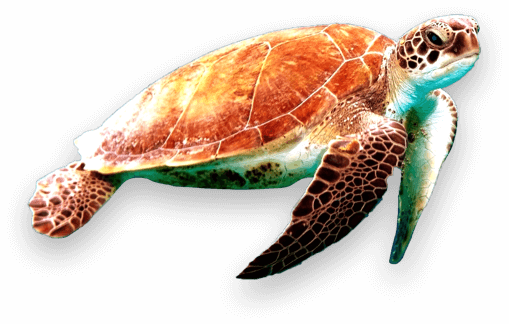EU Directive against Greenwashing
Companies are increasingly using buzzwords like “sustainable” or “climate neutral” as advertising slogans without providing further explanations. However, this will soon no longer be possible due to an EU directive.
Empowering Consumer Directive for more transparency
Companies are increasingly branding their products with terms like “eco-friendly,” “sustainable,” “climate neutral,” or “recyclable,” often without providing concrete details or explanations. The problem: these words and slogans are currently poorly regulated, and there are no transparent guidelines for the use of various environmental labels. As a result, it is difficult for consumers to distinguish between genuine impact and greenwashing.
This is set to change with a new EU directive coming into effect in September 2026. With the Empowering Consumers Directive (EmpCo Directive), the EU aims to combat greenwashing in advertising, promote the provision of reliable information about a product’s sustainability, and increase transparency in the use of environmental labels.
The directive’s full title is: “Directive on empowering consumers for the green transition through better protection against unfair practices and through better information.” This highlights its focus on traceability and consumer understanding. The goal is to enable consumers to make informed purchasing decisions based on clear and verifiable information regarding the sustainability of products.

Stricter requirements for environmental claims
The directive aims to make product labels clearer and more trustworthy, and to ban pure greenwashing in marketing. The changes introduce stricter requirements for reliable and verifiable product information, meaning that all claims and advertising slogans must be backed up with evidence.
This starts with a ban on generic environmental claims without proof, such as “environmentally friendly,” “climate neutral,” or “biodegradable.” Such terms can no longer be used unless they are substantiated with clear, verifiable evidence.
Furthermore, claims that apply only to a specific aspect of a product but are presented as referring to the whole product will also be prohibited. In addition, it will no longer be allowed to state that a product has neutral, reduced, or positive environmental impacts based solely on carbon offsetting schemes.
Another key element of the directive addresses the use of sustainability labels in advertising. The aim is to clean up the currently overcrowded and often confusing market for eco-labels. New requirements will apply to such labels, including publicly accessible criteria and third-party certification systems. In the future, only sustainability labels that are based on official certification schemes or established by public authorities will be permitted.

Traceable impact through plastic credits
At everwave, we work with a system of Plastic Credits. The concept: a company purchases a Plastic Credit, and in return, everwave removes one kilogram of waste from rivers. To ensure full transparency, each Plastic Credit is assigned a unique identification number, linking it to a specific project location and making it individually traceable – providing measurability and security throughout the waste management chain.
The Plastic Credit system enables us to securely and sustainably fund long-term cleanup projects, build local waste infrastructure, and create jobs. It also allows for the collection and processing of plastic waste that has already entered the environment. For companies, this represents a way to actively engage in environmental efforts and make a direct, transparent, traceable, and measurable impact.
Of course, the use of Plastic Credits by companies does not mean they can avoid reducing their plastic consumption. Reduction must come first – purchasing Plastic Credits does not offset the plastic used in production. However, plastic reduction and support for cleanup efforts must go hand in hand. After all, the plastic that is already in the environment and flowing through rivers into the oceans won’t remove itself – and the longer we wait, the more plastic ends up in our seas.



